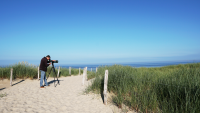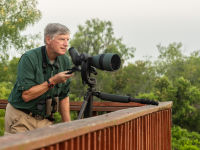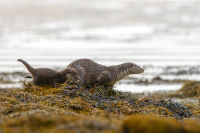Early morning on the coast of Queens, with the sun just peeping over the horizon, is where you will often find me at almost any season. Whether I'm looking for shearwaters far offshore, examining a breeding colony of terns, or picking through huge flocks of migrating shorebirds hoping for a rarity, I need a scope that lets me see every possible detail. If I'm ever going to find a common ringed plover on my own, I'm going to need to see the toes of the bird very well.

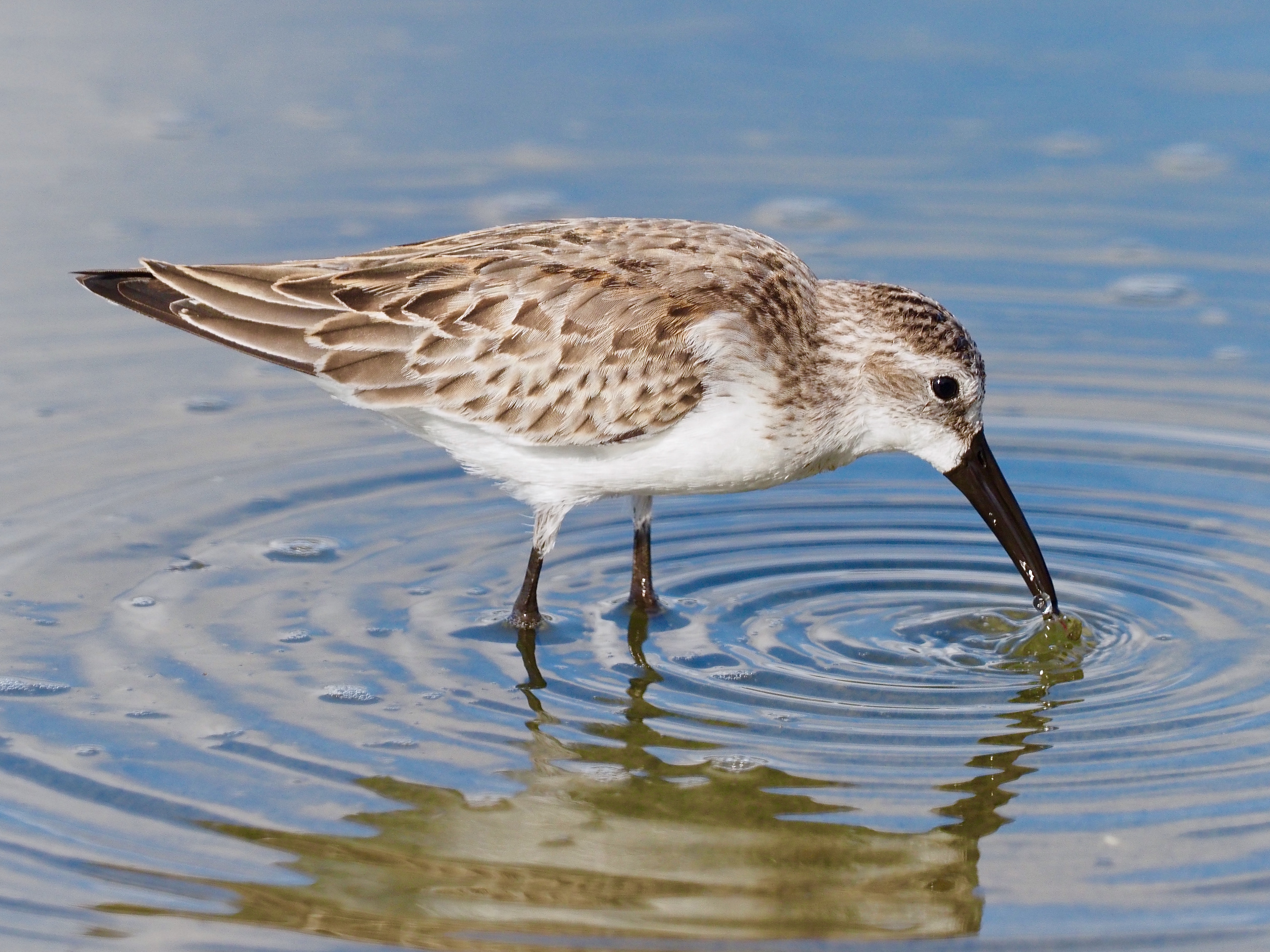
For all those scenarios and many more, I have used Swarovski Optik scopes for years and I now use the 115-mm objective module, which takes things to a whole new level. The amount of light transmitted through the scope to my eye (or my camera when digiscoping) is amazing. No detail is too fine to pick out when you have a Swarovski-quality scope that lets 40% more light through than previous models.
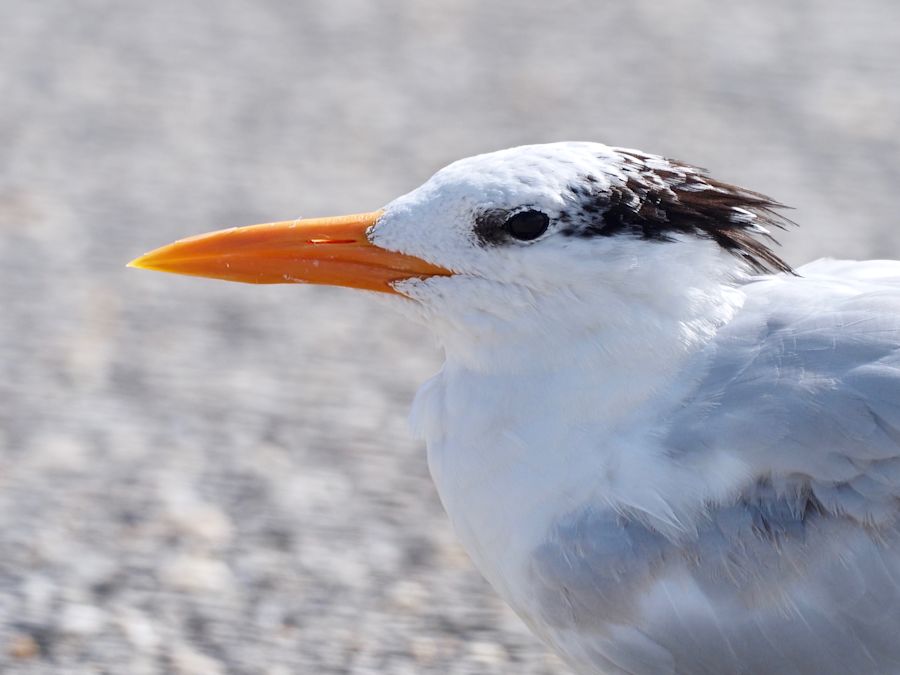
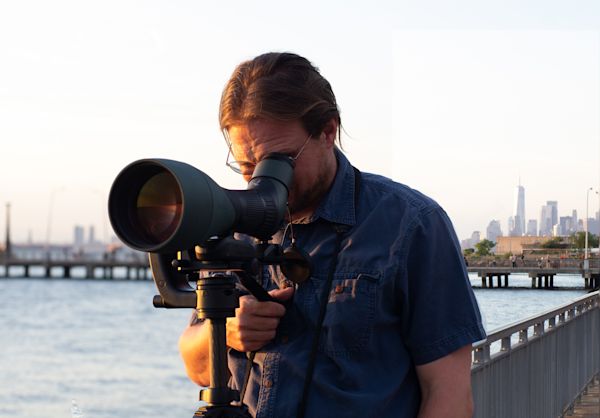

At Jamaica Bay Wildlife Refuge, one of the premiere birding spots in the northeastern United States, I used the 115 to appreciate hunting egrets, examine perched willow flycatchers and brown thrashers, and identify distant ducks. Even when the phragmite edges of the ponds were shrouded in shadow, I felt like I could find and identify almost anything. What had been hidden was made visible and once it was visible, I could put a name on it.
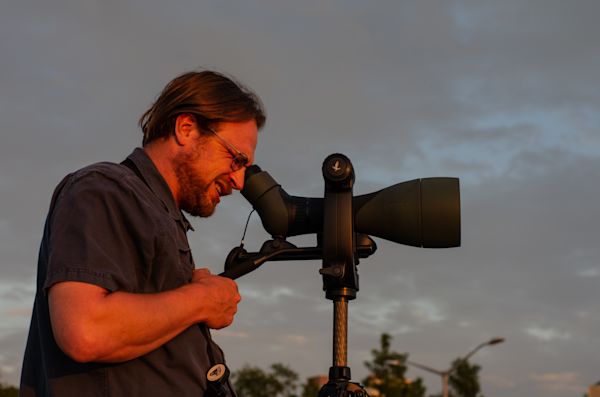
About the author & birder:
Corey Finger
Corey was born in the US in 1977. He works as a Union Representative in New York City and spends most of his free time out birding. Corey also regularly writes for the famous 10,000 Birds blog. He gets closer to birdlife with his EL binoculars, the STX 95 (or 115) spotting scope, the TLS-APO, and tripods. As a keen digiscoper, he loves the combination of the scope and the TLS-APO because they let him get images that he can use to show others what he’s seeing. A feature that comes in handy when leading walks, especially with kids.














